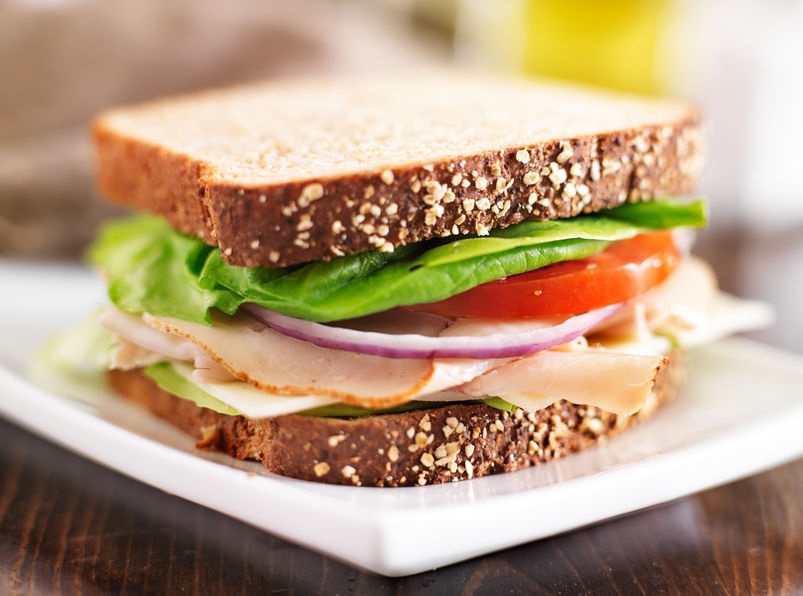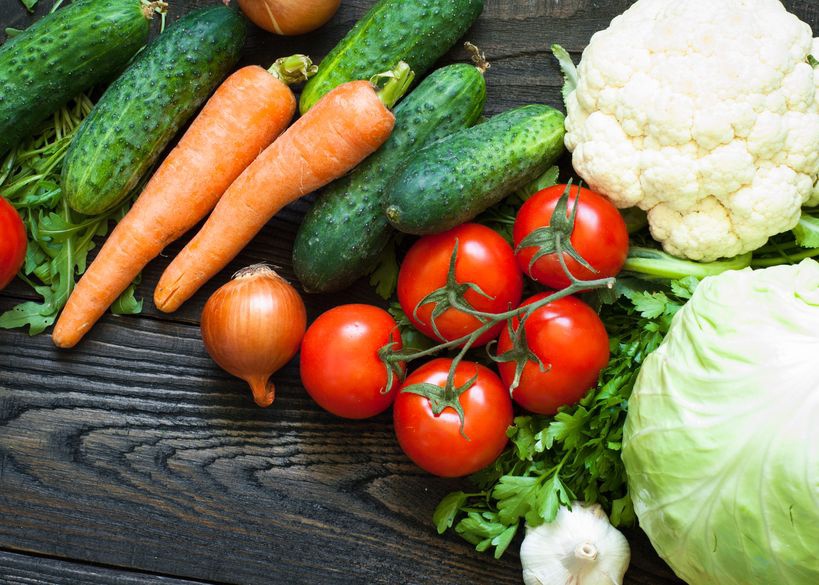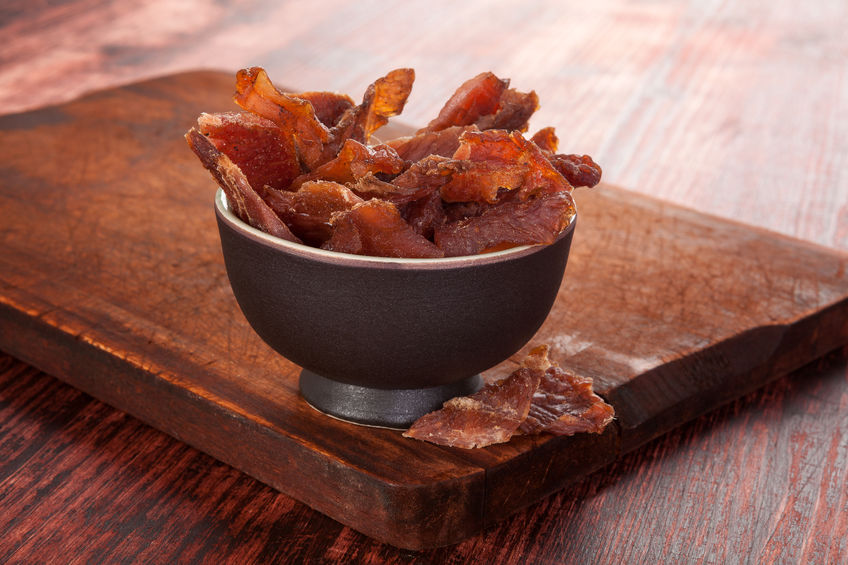As a growing number of consumers give up their habitual eat-out or take-out routines in favor of preparing meals at home, it seems only logical that food market sales would surge. But, odd as it may seem, the large (and still expanding) segments of the population that demand the most up-to-the-minute time- and labor-saving devices to support a busy lifestyle are the groups most likely to embrace "fresh and from scratch" when it comes to groceries.
It’s not that these grocery shoppers have given up convenience. Rather, these savvy shoppers simply demand that their convenience be fresher, healthier and tastier. The trend can be seen in microcosm in the surge of fast casual restaurant chains scrambling to cater to customers who demand lighter choices, fewer calories, fresher options and made-to-order menu items.
Buying habits are, in short, evolving.















